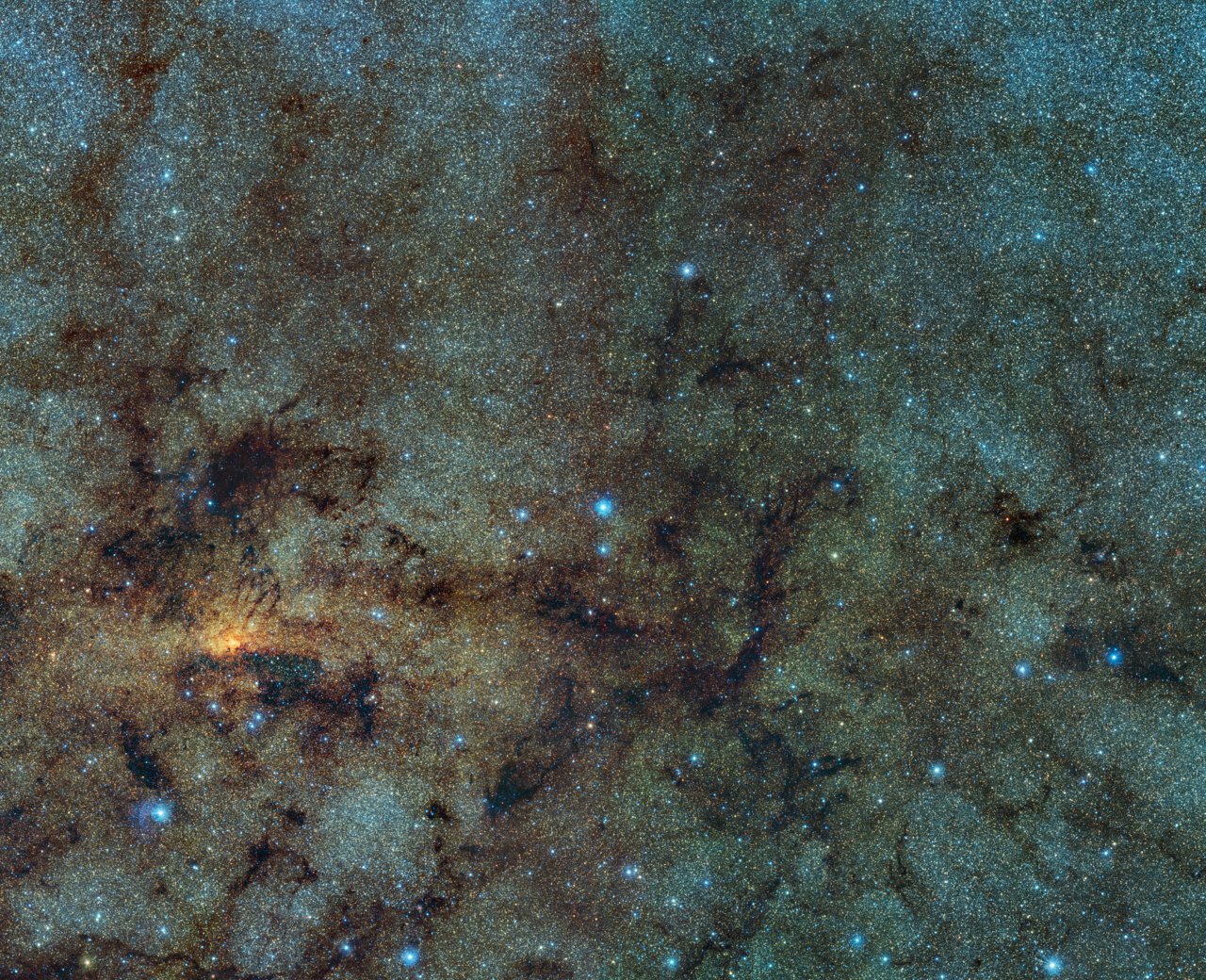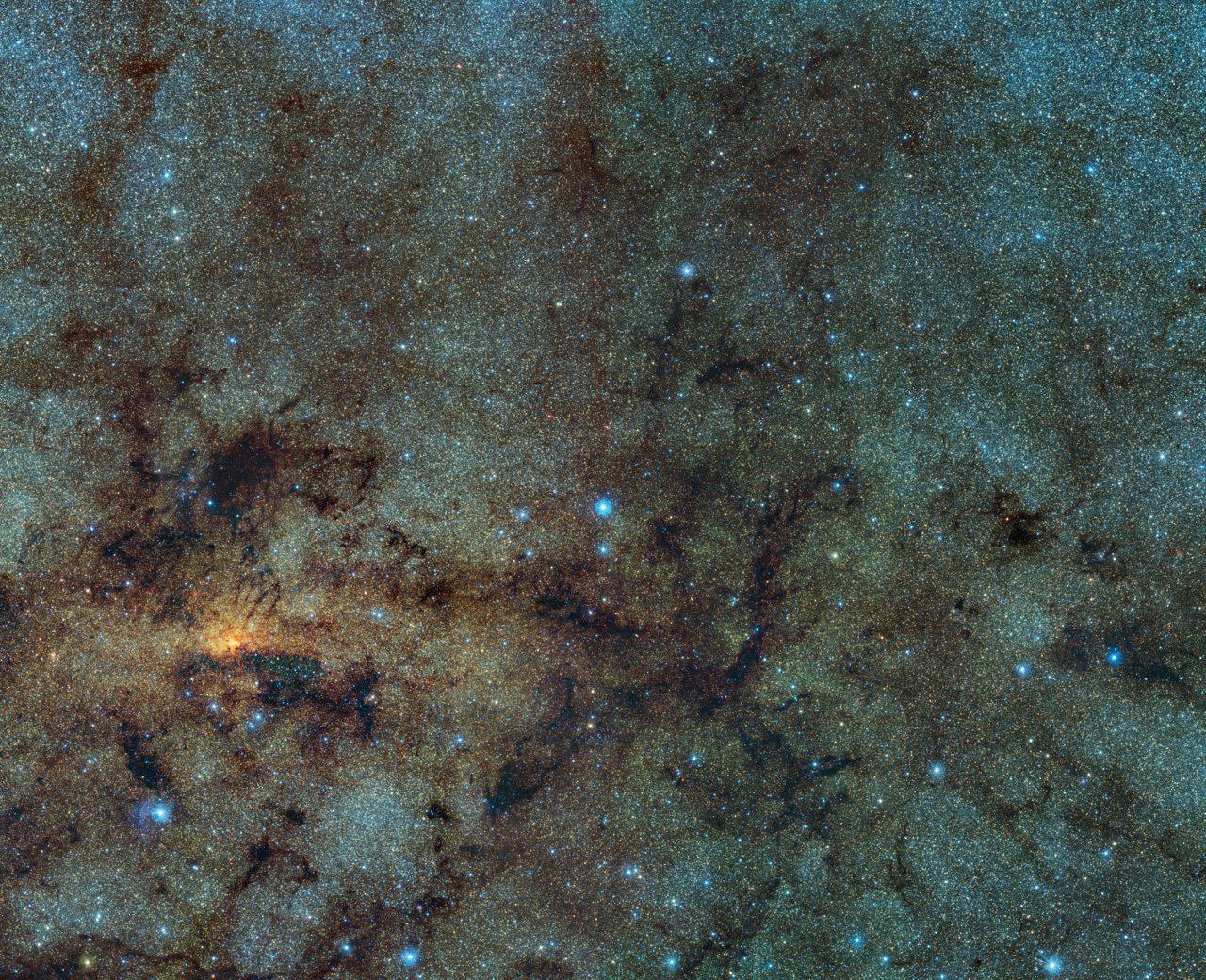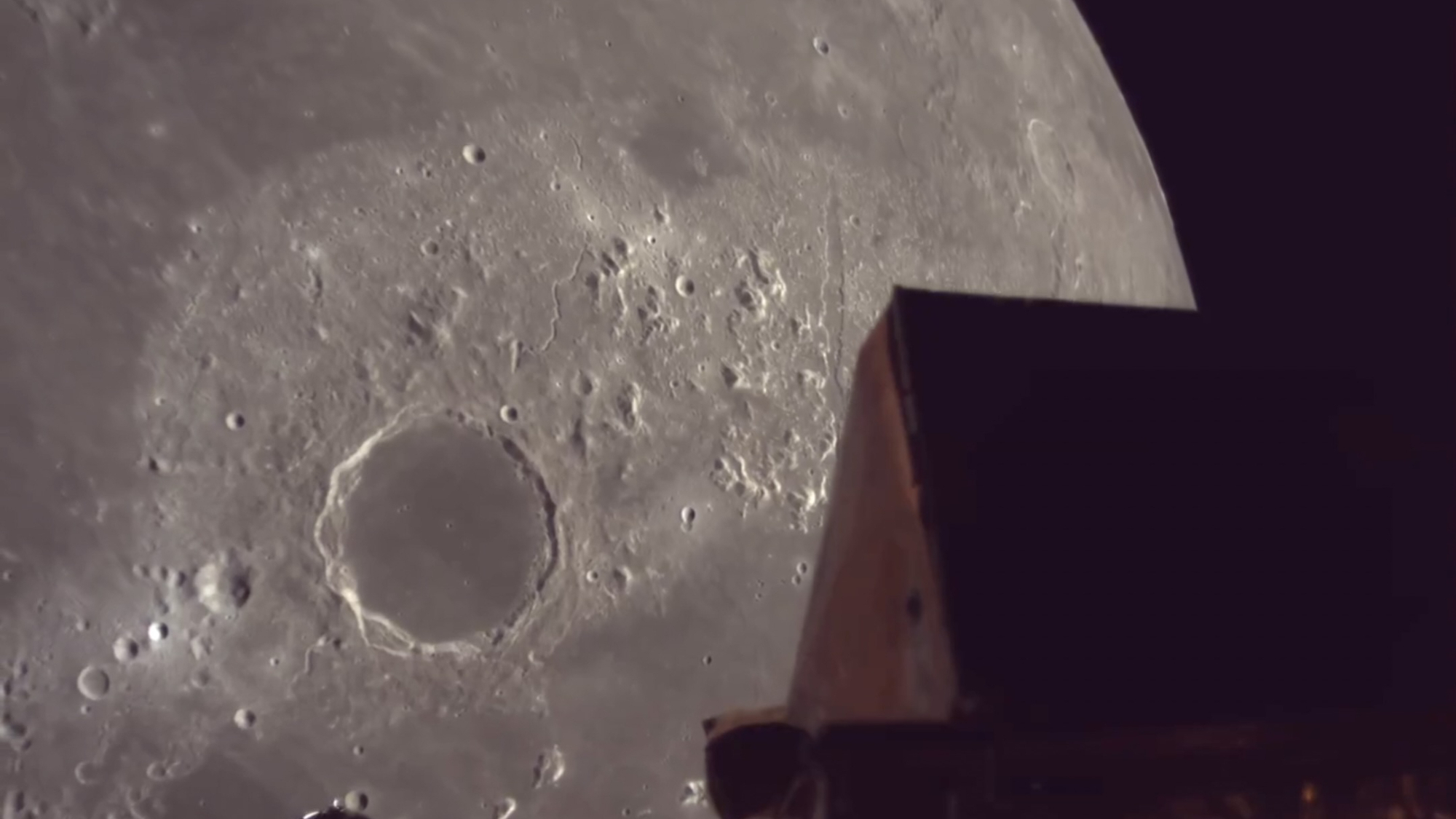Ancient Stars Spotted at Milky Way's Heart

An ancient kind of star was just discovered in the Milky Way's heart, suggesting that the galaxy's center was created after primordial star clusters merged with each other, a new study shows.
Researchers in the new study found a dozen of the ancient stars, called RR Lyrae variable stars, using the European Southern Observatory's infrared VISTA survey telescope in Chile. That type of star is commonly used to measure galactic distances because these stars have consistent luminosity, which lets researchers calculate the objects' distance based on their apparent brightness. Distance can also be estimated by looking at the cycle of the stars' brightening and dimming, researchers said in a statement. ESO astronomers created a video to zoom in on the Milky Way's heart to showcase the RR Lyrae stars.

These stars are typically found in populations that are more than 10 billion years old, according to past NASA research. So the new findings suggest that Earth's galaxy came together out of more ancient globular clusters, which are groups of ancient stars typically at the fringes of galaxies.
"This discovery of RR Lyrae Stars in the center of the Milky Way has important implications for the formation of galactic nuclei," study co-leader Rodrigo Contreras Ramos, of the Millennium Institute of Astrophysics, said in the statement. "The evidence supports the scenario in which the nuclear bulge was originally made out of a few globular clusters that merged." The other study co-leader was Dante Minniti, who is with the Andrés Bello National University in Santiago, Chile.
VISTA made the discovery as part of a survey examining the Milky Way's center. RR Lyrae stars, however, are hard to spot amid younger, brighter stars or dust — both characteristic of the center of this galaxy.
The new discovery could add more evidence against a competing hypothesis, which suggests that quickly accreting gas, not merging clusters, created the Milky Way's bulge.
Follow Elizabeth Howell @howellspace, or Space.com @Spacedotcom. We're also on Facebookand Google+. Original article on Space.com.
Get the Space.com Newsletter
Breaking space news, the latest updates on rocket launches, skywatching events and more!
Join our Space Forums to keep talking space on the latest missions, night sky and more! And if you have a news tip, correction or comment, let us know at: community@space.com.

Elizabeth Howell (she/her), Ph.D., was a staff writer in the spaceflight channel between 2022 and 2024 specializing in Canadian space news. She was contributing writer for Space.com for 10 years from 2012 to 2024. Elizabeth's reporting includes multiple exclusives with the White House, leading world coverage about a lost-and-found space tomato on the International Space Station, witnessing five human spaceflight launches on two continents, flying parabolic, working inside a spacesuit, and participating in a simulated Mars mission. Her latest book, "Why Am I Taller?" (ECW Press, 2022) is co-written with astronaut Dave Williams.
